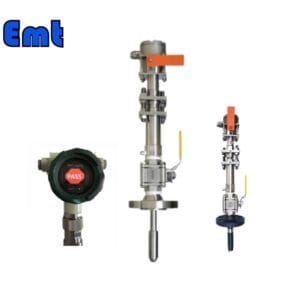
A Pig Detector is a device working in pipeline systems to confirm the passage of a pig (pipeline inspection gauge) through a specific point along the pipeline. This tool is crucial for ensuring the effective operation of pipeline pigging, as it helps operators track the pig’s location and verify its progress and arrival at the receiving end. Pig detectors come in various forms, each suited to different requirements and pipeline configurations. Here’s a closer look at pig detectors, their types, and how they operate:
Types of Pig Detector
Mechanical Pig Detectors typically use a mechanical trigger or flag that is activated when the pig passes by. This type of detector is simple and does not require power, making it reliable and easy to maintain.
Magnetic Pig Detectors: These detectors use magnetic sensors to detect the magnetic field generated by magnets mounted on the pig. When the pig passes a detector station, the change in magnetic field is registered, indicating the presence of the pig.
Ultrasonic Pig Detectors: Ultrasonic detectors use high-frequency sound waves to detect the presence of a pig. When the pig disrupts the signal between a transmitter and a receiver, the detector triggers an alarm or signal.
Pressure Wave Detectors: These detectors sense the pressure change caused by the pig as it moves through the pipeline. They are particularly useful in gas pipelines where other types of detectors might be less effective.
Functionality of Pig Detector
Location Tracking: Pig detectors help monitor the exact location of a pig as it travels through the pipeline. This information is essential for coordinating maintenance operations and for ensuring that the pig has not become stuck or lost.
Timing and Speed Measurement: By recording the time when a pig passes various points along the pipeline, operators can calculate the speed of the pig. This data can be useful for diagnosing issues with the pipeline or the pig.
Confirmation of Pig Passage: Detectors provide a reliable method to confirm that the pig has passed a certain point, which is crucial for sequential pigging operations and for avoiding pig losses.
Applications
Cleaning and Maintenance Operations: Ensuring that cleaning pigs have passed all necessary points along the pipeline.
Inspection and Monitoring: Confirming the passage of smart pigs used for detailed inspections, such as checking for corrosion or other structural issues.
Batching and Separation: In multi-product pipelines, pig detectors help ensure that batch pigs have effectively separated different product batches, preventing contamination.
Parameters
| Configuration parameter | |||
| ●standard configuration | ○Optional configuration | — No | |
| Trigger type(b-bidirectional /f-bidirectional feather /u-u-unidirectional) | ○/○/● | ||
| Flag trigger interagency interaction (no / Yes _ the flexibility of the trigger mechanism can be checked online) | —/● | —/● | —/— |
| Wetted part material(316L SS/DSS/INCONEL) | ●/○/○ | ||
| Flange/welding base material(PTFE Coated A105N/304SS/316LSS/DSS/INCONEL/According to customers’ needs) | ●/○/○/○/○/○ | ||
| Liquid level position in the machine (high _ requires heat tracing / low _ does not require heat tracing) | —/● | ||
| Output junction box(aluminum alloy /316ss) | —/— | ●/○ | ●/○ |
| Output switch (DPDT/SPDT) | —/— | ○/● | ○/● |
| Switching capacity (DC24V 3A/DC24V 5A) | —/— | ●/○ | ●/— |
| Output interface size (M20 × 1.5(F)/1/2″NPT(F)) | —/— | ●/○ | ●/— |
| Pressurized handling tools(2 full thread studs / synchronous special tools) | ●/○ | ||
| Insertion depth adjustment range (±10mm) | ● | ||
Operation Process
Installation
Pig detectors are strategically installed at various points along a pipeline to monitor the passage of pigs effectively. Here are some considerations for the placement and installation of pig detectors:
Detectors are installed at critical monitoring points such as bends, valves, junctions, and particularly near both the launching and receiving ends of the pipeline segment.
Accessibility: Installation sites must be accessible for maintenance and calibration. Detectors should be easy to reach in case they need to be serviced or replaced.
Environmental Considerations: Detectors must be suitable for the environmental conditions of the installation site, including considerations for waterproofing, temperature ranges, and potentially explosive atmospheres, especially in oil and gas applications.
Install detectors in a way that preserves the structural integrity of the pipeline. For example, in high-pressure systems, it is preferable to use non-intrusive detectors to avoid creating potential weak points.
Operation
The operational mechanism of pig detectors varies depending on the type of detector used:
Mechanical Detectors: These detectors have a mechanical arm or flag that physically moves when the pig passes, triggering a switch.
Magnetic Detectors: These use sensors to detect changes in the magnetic field as a pig equipped with magnets passes by. They are highly effective and do not require physical contact with the pig.
Ultrasonic Detectors: These systems emit ultrasonic waves across the pipeline diameter. The presence of a pig disrupts these waves, triggering the detection.
Pressure Wave Detectors: These detect the pressure change or wave generated by the pig as it moves through the pipeline, which is particularly useful in gas pipelines.
Monitoring
Once the pig activates the detector, the following monitoring processes come into play:
Signal Transmission: The detector sends an electronic signal to a monitoring station. It can be an audible alarm, a visual indicator, or an automated electronic notification.
Data Logging: Many systems are capable of logging data for later analysis. They provide a record of when the pig passed various points along the pipeline.
Remote Monitoring: Advanced systems allow for the remote monitoring of pigs, where signals from detectors are transmitted to a central control room. This feature enables operators to manage operations over large distances effectively.
Safety and Efficiency
The proper functioning of pig detectors is crucial for maintaining the safety and efficiency of pipeline operations:
Timely detection helps ensure that pigs do not become stuck or lost, conditions that could lead to pressure build-ups or ruptures.
Knowing the exact location of pigs helps in planning maintenance and operational decisions, reducing downtime, and optimizing the flow within the pipeline.
Efficient pigging operations reduce the need for manual inspections and mitigate the risk of costly pipeline failures or repairs.


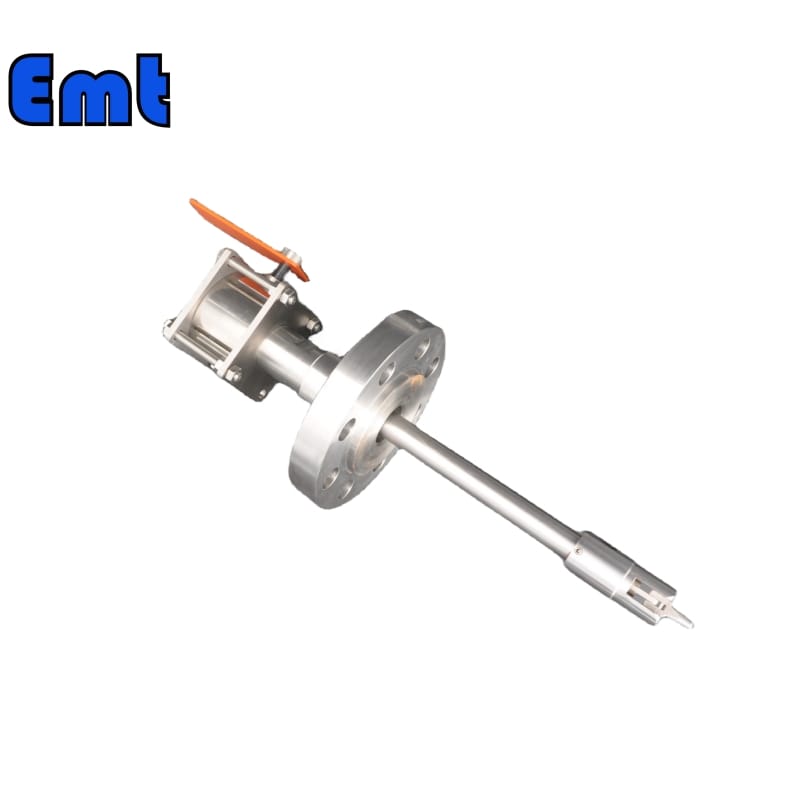
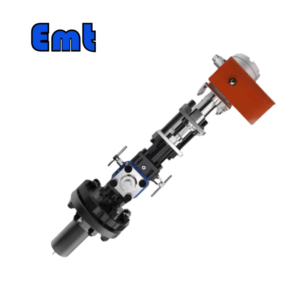

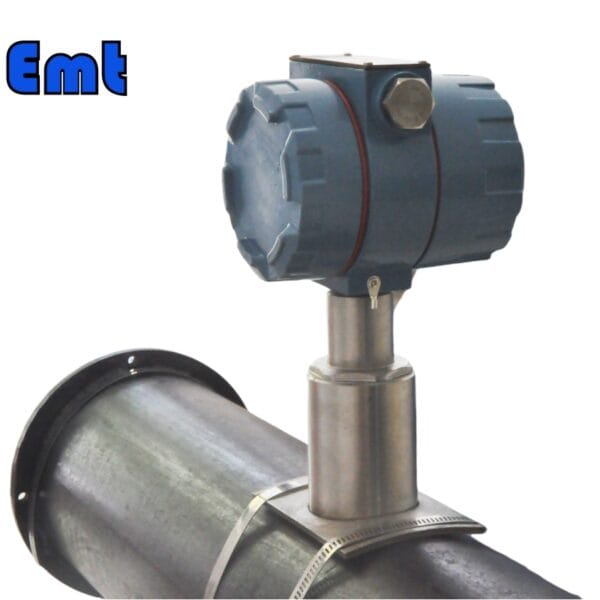


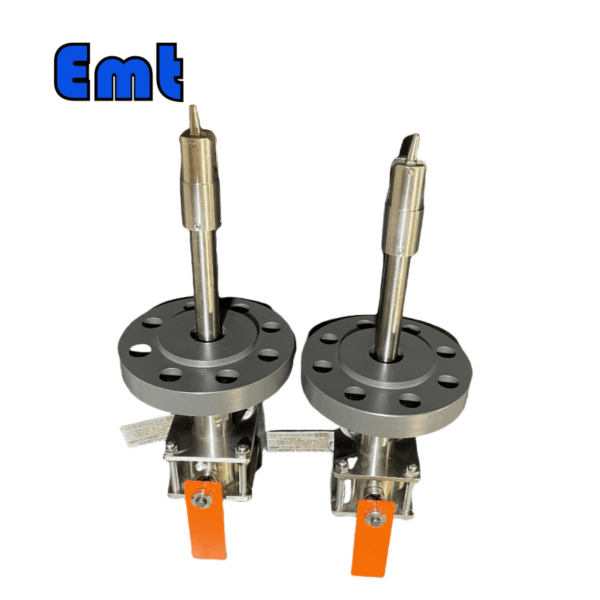
There are no reviews yet.